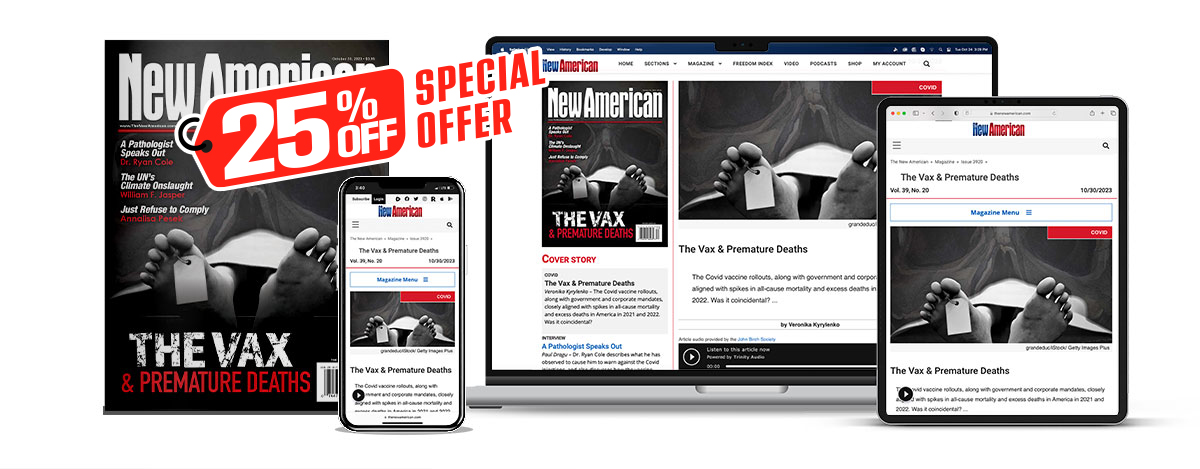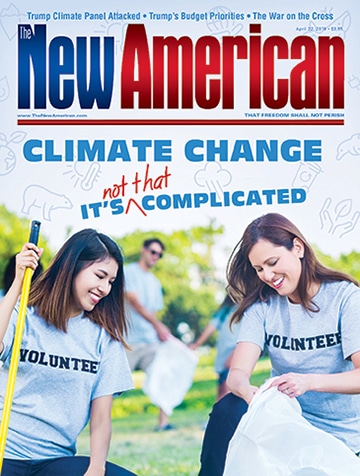Trump’s Budget Priorities
With the accustomed fanfare, the Trump administration released on March 11 its budget proposal for fiscal year 2020. Such budget proposals are little more than window-dressing, since it is Congress and not the White House that has authority under the Constitution to appropriate public funds. Such budgets are usually ignored by the denizens of Capitol Hill, especially when — as is now the case — the House of Representatives is controlled by the opposing party. Moreover, it has become the practice over the last dec-ade or so to operate without any sort of budgetary restraint whatsoever, Congress preferring to lurch from one debt-ceiling crisis to another without the limits of an agreed-upon budget.
Nevertheless, such budgets, however statutorily irrelevant, are useful bellwethers for getting a sense of fiscal priorities. It’s a safe assumption that a congressional or presidential budgetary proposal will represent the absolute minimum that government is prepared to spend, and that actual expenditures — as well as the deficits they will generate — will far exceed those contemplated. This is because, for several generations and across party lines, government expenditures have been largely allocated to programs not authorized by the legal document that once set limits on federal government power and cost: the U.S. Constitution. Such irresponsible spending is the reason for the heavy burden of taxes Americans now bear — taxes that are routinely wasted on pie-in-the-sky government programs that benefit few besides the overpaid bureaucrats who administer them, or that are shoveled into the unappeasable maw of the national debt, for which interest payments alone now consume hundreds of billions of taxpayer dollars every year.
President Trump, in the introduction to his 2020 budget proposal, expresses a desire for significant cost-cutting. “This year,” writes the president, “I have asked most executive departments and agencies to cut their budgets by at least 5 percent,” laudable sentiments allegedly reflected throughout the budget. But that same introduction outlines a series of ambitious budget proposals to research childhood cancers, defeat HIV/AIDS, and confront the opioid epidemic — noble objectives all, but, like so much of modern Big Government, of very dubious constitutionality. Moreover, the budget introduction seeks to “invest in America’s students and workers” by creating a “loan risk-sharing program” for educational institutions and by expanding eligibility for the federal government-subsidized Pell Grant program. Pledging also to support working families, the Trump budget also “includes a one-time, mandatory investment of $1 billion for a competitive fund aimed at supporting underserved populations and stimulating employer investments in child care for working families” and will also “provide paid parental leave to help working parents.” These, be it noted, are merely broad-brush statements in the brief introduction to the budget; as with Washington budgets since time immemorial, the devil is always to be found in the details.
JBS Member or ShopJBS.org Customer?
Sign in with your ShopJBS.org account username and password or use that login to subscribe.

 Subscribe Now
Subscribe Now
- 24 Issues Per Year
- Digital Edition Access
- Exclusive Subscriber Content
- Audio provided for all articles
- Unlimited access to past issues
- Cancel anytime.
- Renews automatically

 Subscribe Now
Subscribe Now
- 24 Issues Per Year
- Print edition delivery (USA)
*Available Outside USA - Digital Edition Access
- Exclusive Subscriber Content
- Audio provided for all articles
- Unlimited access to past issues
- Cancel anytime.
- Renews automatically


